Citibank 2012 Annual Report Download - page 96
Download and view the complete annual report
Please find page 96 of the 2012 Citibank annual report below. You can navigate through the pages in the report by either clicking on the pages listed below, or by using the keyword search tool below to find specific information within the annual report.-
 1
1 -
 2
2 -
 3
3 -
 4
4 -
 5
5 -
 6
6 -
 7
7 -
 8
8 -
 9
9 -
 10
10 -
 11
11 -
 12
12 -
 13
13 -
 14
14 -
 15
15 -
 16
16 -
 17
17 -
 18
18 -
 19
19 -
 20
20 -
 21
21 -
 22
22 -
 23
23 -
 24
24 -
 25
25 -
 26
26 -
 27
27 -
 28
28 -
 29
29 -
 30
30 -
 31
31 -
 32
32 -
 33
33 -
 34
34 -
 35
35 -
 36
36 -
 37
37 -
 38
38 -
 39
39 -
 40
40 -
 41
41 -
 42
42 -
 43
43 -
 44
44 -
 45
45 -
 46
46 -
 47
47 -
 48
48 -
 49
49 -
 50
50 -
 51
51 -
 52
52 -
 53
53 -
 54
54 -
 55
55 -
 56
56 -
 57
57 -
 58
58 -
 59
59 -
 60
60 -
 61
61 -
 62
62 -
 63
63 -
 64
64 -
 65
65 -
 66
66 -
 67
67 -
 68
68 -
 69
69 -
 70
70 -
 71
71 -
 72
72 -
 73
73 -
 74
74 -
 75
75 -
 76
76 -
 77
77 -
 78
78 -
 79
79 -
 80
80 -
 81
81 -
 82
82 -
 83
83 -
 84
84 -
 85
85 -
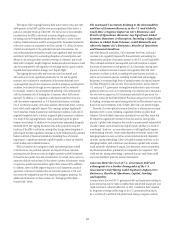 86
86 -
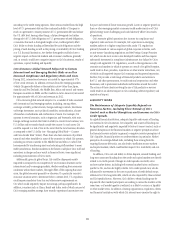 87
87 -
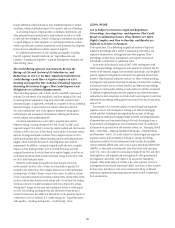 88
88 -
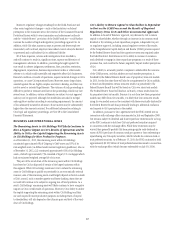 89
89 -
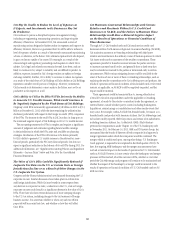 90
90 -
 91
91 -
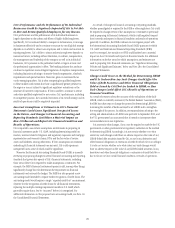 92
92 -
 93
93 -
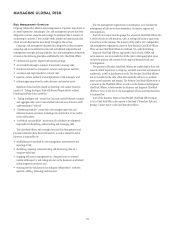 94
94 -
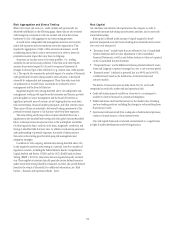 95
95 -
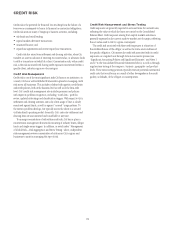 96
96 -
 97
97 -
 98
98 -
 99
99 -
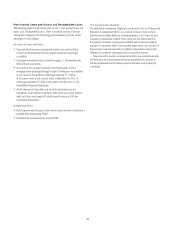 100
100 -
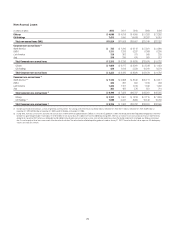 101
101 -
 102
102 -
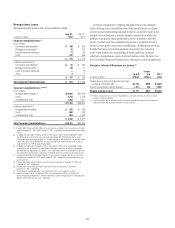 103
103 -
 104
104 -
 105
105 -
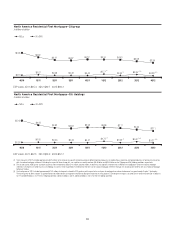 106
106 -
 107
107 -
 108
108 -
 109
109 -
 110
110 -
 111
111 -
 112
112 -
 113
113 -
 114
114 -
 115
115 -
 116
116 -
 117
117 -
 118
118 -
 119
119 -
 120
120 -
 121
121 -
 122
122 -
 123
123 -
 124
124 -
 125
125 -
 126
126 -
 127
127 -
 128
128 -
 129
129 -
 130
130 -
 131
131 -
 132
132 -
 133
133 -
 134
134 -
 135
135 -
 136
136 -
 137
137 -
 138
138 -
 139
139 -
 140
140 -
 141
141 -
 142
142 -
 143
143 -
 144
144 -
 145
145 -
 146
146 -
 147
147 -
 148
148 -
 149
149 -
 150
150 -
 151
151 -
 152
152 -
 153
153 -
 154
154 -
 155
155 -
 156
156 -
 157
157 -
 158
158 -
 159
159 -
 160
160 -
 161
161 -
 162
162 -
 163
163 -
 164
164 -
 165
165 -
 166
166 -
 167
167 -
 168
168 -
 169
169 -
 170
170 -
 171
171 -
 172
172 -
 173
173 -
 174
174 -
 175
175 -
 176
176 -
 177
177 -
 178
178 -
 179
179 -
 180
180 -
 181
181 -
 182
182 -
 183
183 -
 184
184 -
 185
185 -
 186
186 -
 187
187 -
 188
188 -
 189
189 -
 190
190 -
 191
191 -
 192
192 -
 193
193 -
 194
194 -
 195
195 -
 196
196 -
 197
197 -
 198
198 -
 199
199 -
 200
200 -
 201
201 -
 202
202 -
 203
203 -
 204
204 -
 205
205 -
 206
206 -
 207
207 -
 208
208 -
 209
209 -
 210
210 -
 211
211 -
 212
212 -
 213
213 -
 214
214 -
 215
215 -
 216
216 -
 217
217 -
 218
218 -
 219
219 -
 220
220 -
 221
221 -
 222
222 -
 223
223 -
 224
224 -
 225
225 -
 226
226 -
 227
227 -
 228
228 -
 229
229 -
 230
230 -
 231
231 -
 232
232 -
 233
233 -
 234
234 -
 235
235 -
 236
236 -
 237
237 -
 238
238 -
 239
239 -
 240
240 -
 241
241 -
 242
242 -
 243
243 -
 244
244 -
 245
245 -
 246
246 -
 247
247 -
 248
248 -
 249
249 -
 250
250 -
 251
251 -
 252
252 -
 253
253 -
 254
254 -
 255
255 -
 256
256 -
 257
257 -
 258
258 -
 259
259 -
 260
260 -
 261
261 -
 262
262 -
 263
263 -
 264
264 -
 265
265 -
 266
266 -
 267
267 -
 268
268 -
 269
269 -
 270
270 -
 271
271 -
 272
272 -
 273
273 -
 274
274 -
 275
275 -
 276
276 -
 277
277 -
 278
278 -
 279
279 -
 280
280 -
 281
281 -
 282
282 -
 283
283 -
 284
284 -
 285
285 -
 286
286 -
 287
287 -
 288
288 -
 289
289 -
 290
290 -
 291
291 -
 292
292 -
 293
293 -
 294
294 -
 295
295 -
 296
296 -
 297
297 -
 298
298 -
 299
299 -
 300
300 -
 301
301 -
 302
302 -
 303
303 -
 304
304 -
 305
305 -
 306
306 -
 307
307 -
 308
308 -
 309
309 -
 310
310 -
 311
311 -
 312
312 -
 313
313 -
 314
314 -
 315
315 -
 316
316 -
 317
317 -
 318
318 -
 319
319 -
 320
320 -
 321
321 -
 322
322 -
 323
323 -
 324
324
 |
 |
74
CREDIT RISK
Credit risk is the potential for financial loss resulting from the failure of a
borrower or counterparty to honor its financial or contractual obligations.
Credit risk arises in many of Citigroup’s business activities, including:
• wholesale and retail lending;
• capital markets derivative transactions;
• structured finance; and
• repurchase agreements and reverse repurchase transactions.
Credit risk also arises from settlement and clearing activities, when Citi
transfers an asset in advance of receiving its counter-value, or advances funds
to settle a transaction on behalf of a client. Concentration risk, within credit
risk, is the risk associated with having credit exposure concentrated within a
specific client, industry, region or other category.
Credit Risk Management
Credit risk is one of the most significant risks Citi faces as an institution. As
a result, Citi has a well-established framework in place for managing credit
risk across all businesses. This includes a defined risk appetite, credit limits
and credit policies, both at the business level as well as at the firm-wide
level. Citi’s credit risk management also includes processes and policies
with respect to problem recognition, including “watch lists,” portfolio
review, updated risk ratings and classification triggers. With respect to Citi’s
settlement and clearing activities, intra-day client usage of lines is closely
monitored against limits, as well as against “normal” usage patterns. To
the extent a problem develops, Citi typically moves the client to a secured
(collateralized) operating model. Generally, Citi’s intra-day settlement and
clearing lines are uncommitted and cancellable at any time.
To manage concentration of risk within credit risk, Citi has in place a
concentration management framework consisting of industry limits, obligor
limits and single-name triggers. In addition, as noted under “Management
of Global Risk—Risk Aggregation and Stress Testing” above, independent
risk management reviews concentration of risk across Citi’s regions and
businesses to assist in managing this type of risk.
Credit Risk Measurement and Stress Testing
Credit exposures are generally reported in notional terms for accrual loans,
reflecting the value at which the loans are carried on the Consolidated
Balance Sheet. Credit exposure arising from capital markets activities is
generally expressed as the current mark-to-market, net of margin, reflecting
the net value owed to Citi by a given counterparty.
The credit risk associated with these credit exposures is a function of
the creditworthiness of the obligor, as well as the terms and conditions of
the specific obligation. Citi assesses the credit risk associated with its credit
exposures on a regular basis through its loan loss reserve process (see
“Significant Accounting Policies and Significant Estimates” and Notes 1
and 17 to the Consolidated Financial Statements below), as well as through
regular stress testing at the company-, business-, geography- and product-
levels. These stress-testing processes typically estimate potential incremental
credit costs that would occur as a result of either downgrades in the credit
quality, or defaults, of the obligors or counterparties.
